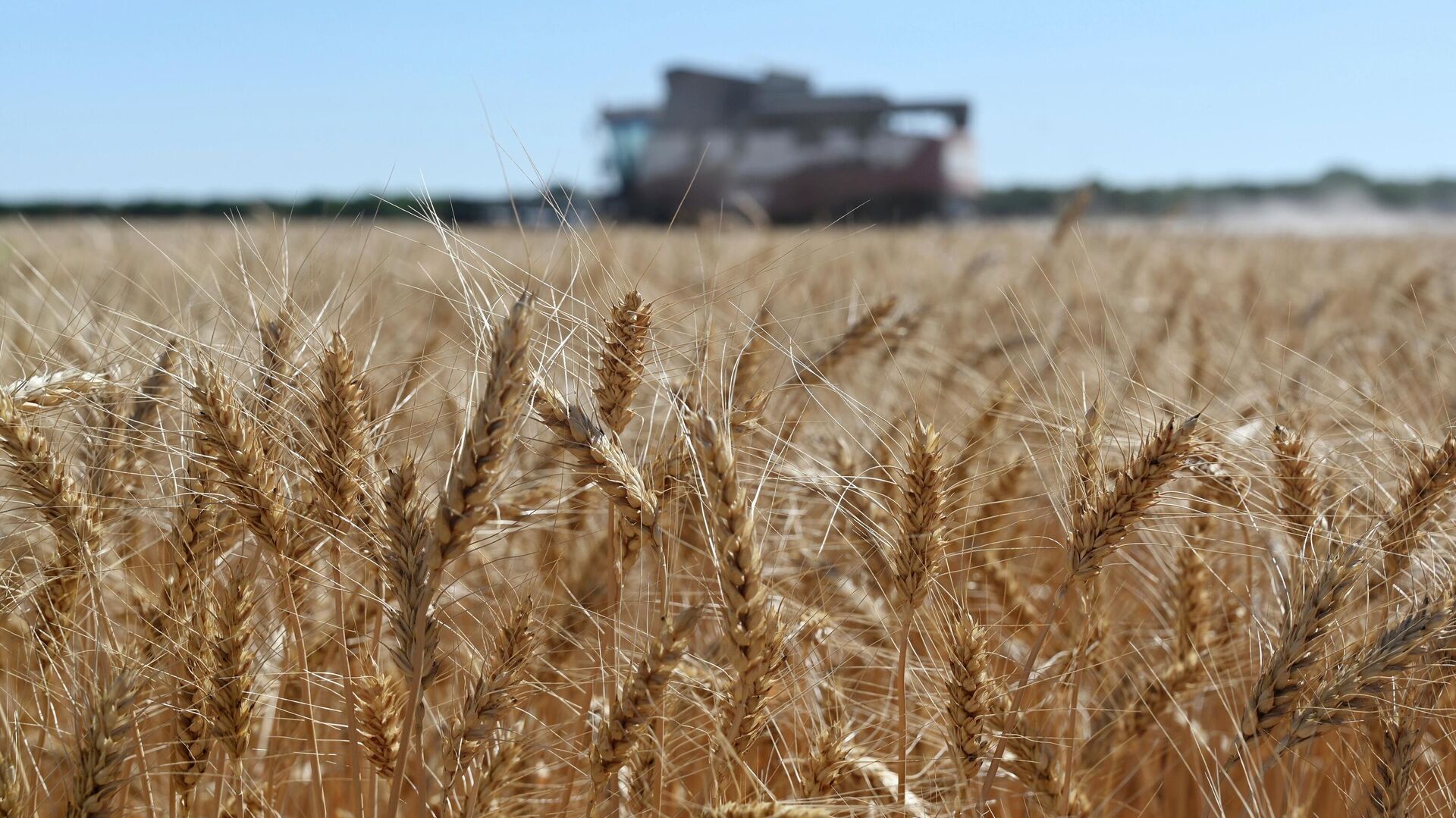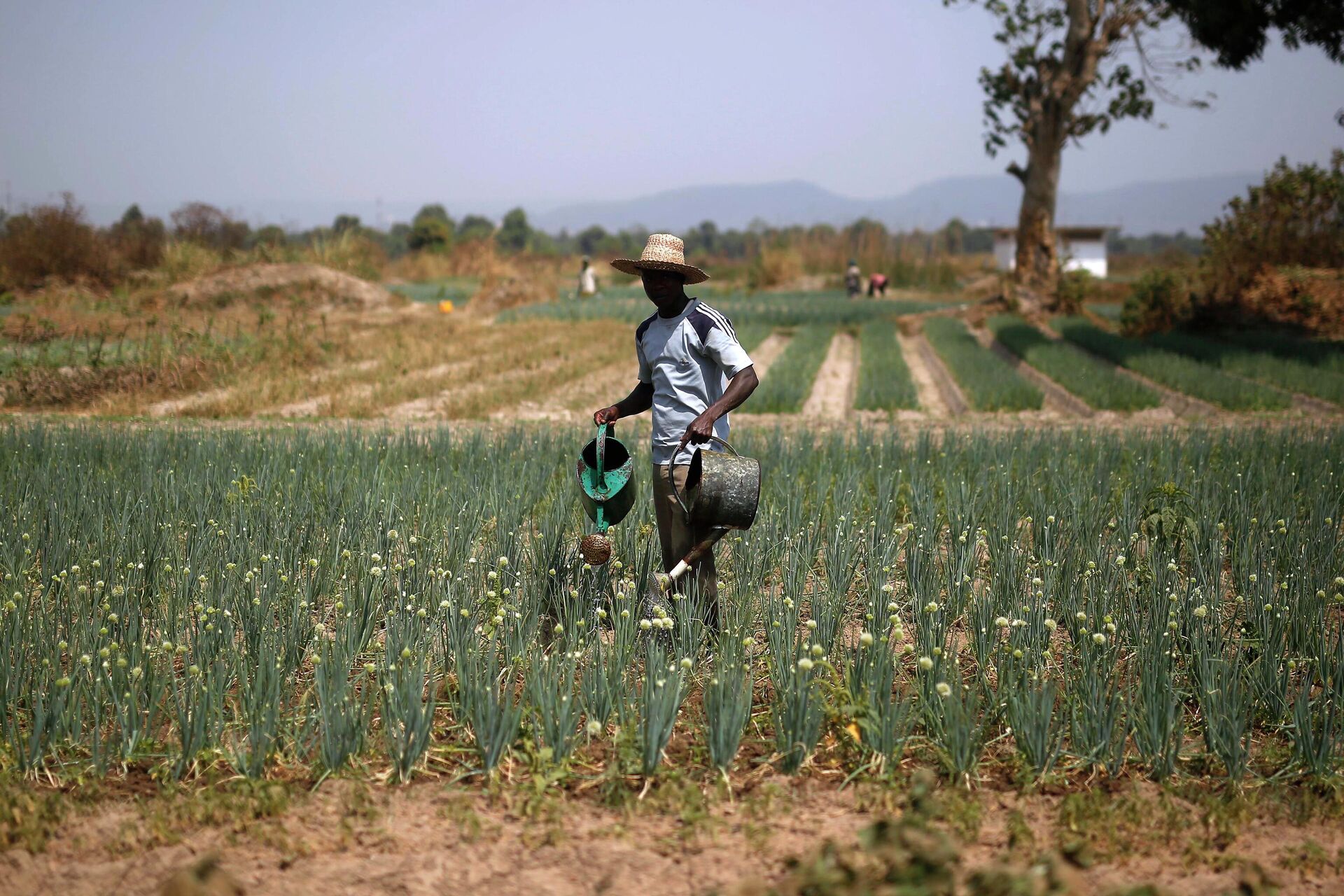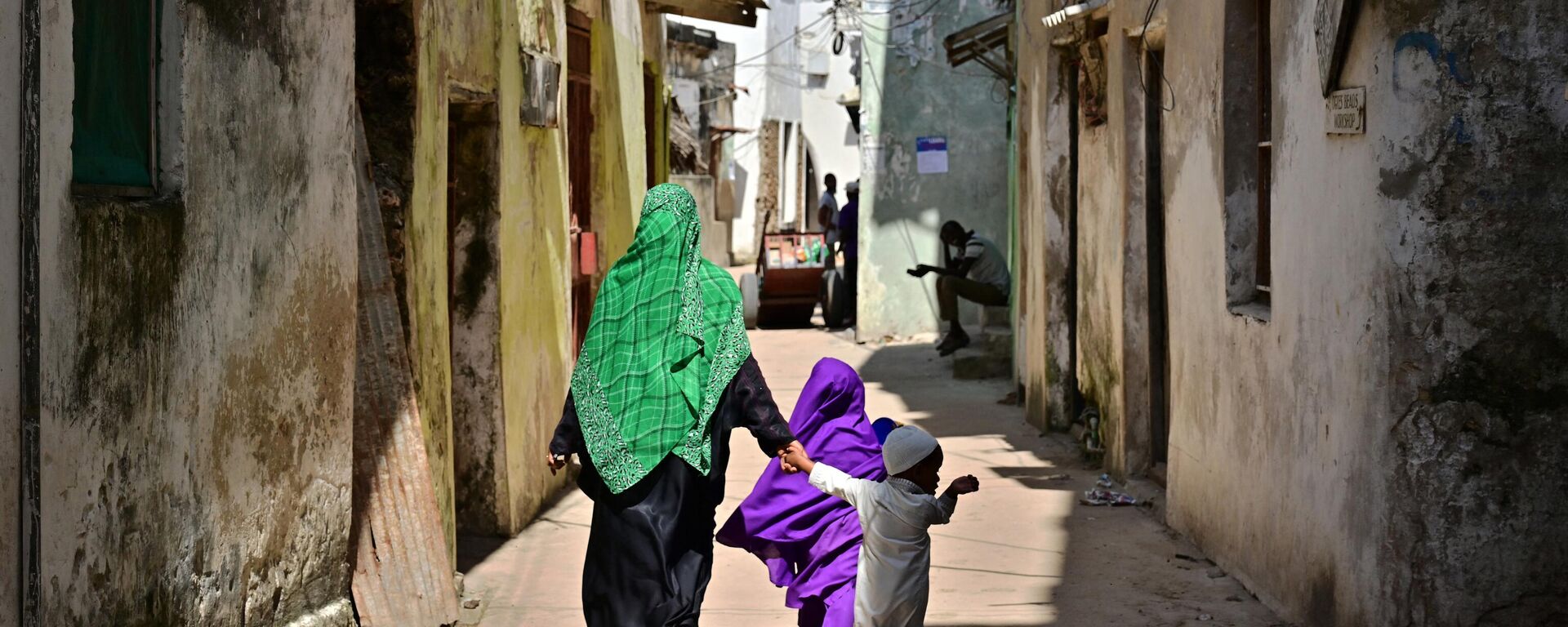The African Union Designs its New 10-year Plan
11:16 GMT 10.09.2022 (Updated: 11:36 GMT 23.11.2022)

© AP Photo
Subscribe
The African Union was officially launched in 2002 as a successor to the Organization of African Unity, an association which promoted political and economic integration among African states and the eradication of colonialism and neo-colonialism from the African continent.
Moussa Faki Mahamat, Chairman of the African Union Commission, outlined Africa's second 10-year plan on September 9th, which marked the 23rd anniversary of the adoption of the 1999 Sirte Declaration, a resolution to establish the African Union. As the chairman noted, the plan focuses on improving infrastructure, increasing agricultural productivity and promoting the clean energy transition across the African continent.
“The 10-year plan will revolve around three main objectives: to ensure greater physical connectivity of the continent through the construction of roads and other communication infrastructures, to establish the conditions for sufficient domestic agricultural production to reduce imports of foodstuffs and build the technical capacities to make the energy transition a success,” Mahamat explained.
Africa, despite having immense potential for feeding itself with vast amounts of arable land, still imports most of its grain.
Most African farmland is used to grow crops for export such as coffee, cocoa, and cottonseed oil, while the staple crops of the African diet, wheat and rice, are mostly imported.

A man waters his field of onions outside Bangui, Central African Republic, Thursday Feb. 11, 2016. The U.N. World Food Program estimates that nearly half the country _ 2.5 million people _ are facing hunger as more than two years of violence has severely disrupted the country’s agriculture and health care sectors.Two former prime ministers, Touadera and Anicet Georges Dologuele, are running neck-and-neck in the second round of presidential elections Sunday Feb. 14 to end years of violence pitting Muslims against Christians in the Central African Republic. (AP Photo/Jerome Delay)
© AP Photo / Jerome Delay
According to the World Bank, not only can much of this imported food be grown locally; it's also possible to replace imported cereals with indigenous crops such as fonio, teff, sorghum, amaranth, and millet, which are known to be highly nutritious and healthy.
However, local crops are considered the food of the poor and large-scale production hasn't been set up, mostly due to states and international companies pushing for the mass production of maize and wheat and promoting them as staples.
African countries can’t produce maize and wheat, for which regular rainfall is vital. This fact becomes a big problem during periods of food insecurity.
Africa’s dependence on food imports has never been exposed more than during the pandemic and since the start of Russia’s conflict with Ukraine.
When Russia launched its special operation in Ukraine, Ukraine's ports became blocked; according to Moscow, the Kiev regime had mined them, making shipments impossible.
On July 22, Russia, Ukraine and Turkey signed the so-called Istanbul deal to establish humanitarian corridors for ships carrying wheat.
On September 9th, Russian President Vladimir Putin announced that the poorest countries had received only 3% of Ukrainian grain, which was exported across the Black Sea as part of the Istanbul deal.
Earlier, the Russian leader expressed dissatisfaction with the implementation of the Istanbul agreements. According to him, despite Russia’s desire to increase grain supplies to the poorest countries, the grain ended up going to Europe. Turkish President Recep Tayyip Erdogan agreed with this statement.
On Friday, Putin instructed Russian Foreign Ministry to do everything possible to increase supplies to Africa and the Middle East.



